31 Dec 2014 Retrospect: A Year of Intense Facilitation Assignments
2014 at Katz & Associates brought some of the most challenging facilitation roles I’ve faced in over 20 years. Many of my meetings involved public arenas with more than typical intensity of fear, anxiety, anger and/or distrust around projects involving hazardous materials contamination and clean-up, neighborhood change, major infrastructure construction and resource protection. Community members often arrived with combative postures directed at project teams, each other, and sometimes me. At one meeting, picketers showed up, followed by the client’s law enforcement officer informing me that his job was to protect his agency’s staff and the consultant team was on their own. Some workshops were planned and strategized for months, and for others the call from the client came the week before.
Facilitating these types of public meetings requires more than keeping the peace. The meetings are often critical steps in advancing needed projects for healthy, functioning environments where all people have the opportunity to thrive. Successful facilitation creates a forum for people to gain understanding about a project’s need, benefits, issues and solutions. And particularly important, successful facilitation creates a forum where all participants feel comfortable sharing their ideas, perspectives and questions. Discussion topics are also carefully focused so that input can be meaningfully addressed by the project team in formulating effective project outcomes. For me, playing this role in advancing needed projects brings professional satisfaction and inspiration year after year. Although after one particularly trying Saturday morning workshop, while the rest of our team ate lunch before driving home, I ducked into the nail salon next door for an hour of respite (ok, let’s be real – I needed to wind down, take the edge off, and “recalibrate” my own emotions!).
Successfully navigating these types of assignments goes beyond full deployment of the facilitator’s tool box of techniques. In looking back at 2014, several other factors proved important:
- A strong relationship with the client, characterized by mutual trust and support, in part resulting from commitment to the public involvement objectives for the meeting and meeting format, allowed me to enact interventions with confidence.
- A comprehensive understanding of technical issues, so that I could quickly assess the best strategy for finding answers and responses to people’s concerns.
- Sufficient prep time with the client for defining objectives, strategy, discussion activities, and presentation and informational materials. While one week notice of an assignment is not ideal, it can work if the client team commits to condensed-yet-comprehensive prep.
- Establishing realistic expectations for the most controversial meetings, such as when I told the client I could help reduce the dynamics from an “8.0 to 4.0 on the Richter scale” for a capstone meeting culminating multiple years of meetings marked by intractable anger, distrust and disruption.
At the end of a meeting, positive comments and expressions of gratitude from the client reinforce the effectiveness of our approach. But to be honest, feedback about high levels of inclusivity and substantive, meaningful discussions from community members themselves – sometimes even hugs! – leaves a more enduring imprint in my mind and heart.
What will 2015 bring? Hopefully more of the same!
